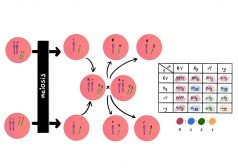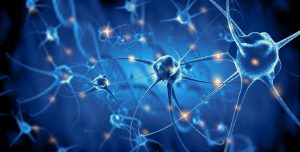Definition
noun, plural: diazotrophs
A microorganism capable of assimilating and fixing atmospheric nitrogen (N2)
Supplement
Nitrogen in the atmosphere cannot be used directly by most organisms except for certain bacteria and archaea. These bacteria and archaea capable of assimilating and fixing atmospheric nitrogen (N2) through natural means are referred to as diazotrophs. They make use of iron-molybdenum or –vanadium nitrogenase systems to fix atmospheric nitrogen and produce new nitrogen compounds that are more readily available for use by other organisms, such as plants.
Some diazotrophs are free-living whereas others are in symbiotic relationship with other organisms. Examples of free-living diazotrophs are as follows:
- anaerobic diazotrophs such as Clostridium spp.
- facultative diazotrophs such as Klebsiella pneumoniae, Paenibacillus polymyxa, Bacillus macerans, and Escherichia intermedia
- aerobic diazotrophs such as Azotobacter vinelandii
- oxygenic photosynthetic diazotrophs, e.g. Anabaena cylindrica, Nostoc commune
- anoxygenic photosynthetic diazotrophs, e.g. Rhodobacter sphaeroides, Rhodopseudomonas palustris, Rhodobacter capsulatus
Diazotrophs that are in symbiosis with other organisms are as follows:
Word origin: diazo-, from Greek di- (two) + azo (from French azote nitrogen) + -troph, from Greek trophikós (pertaining to food or nourishment)
See also:
- nitrogen fixation
- nodule
- nitrogen
- symbiosis






